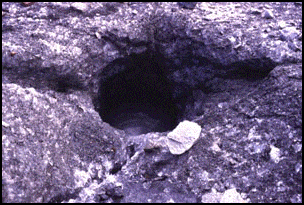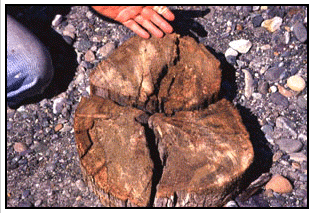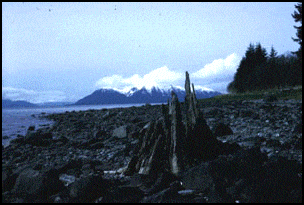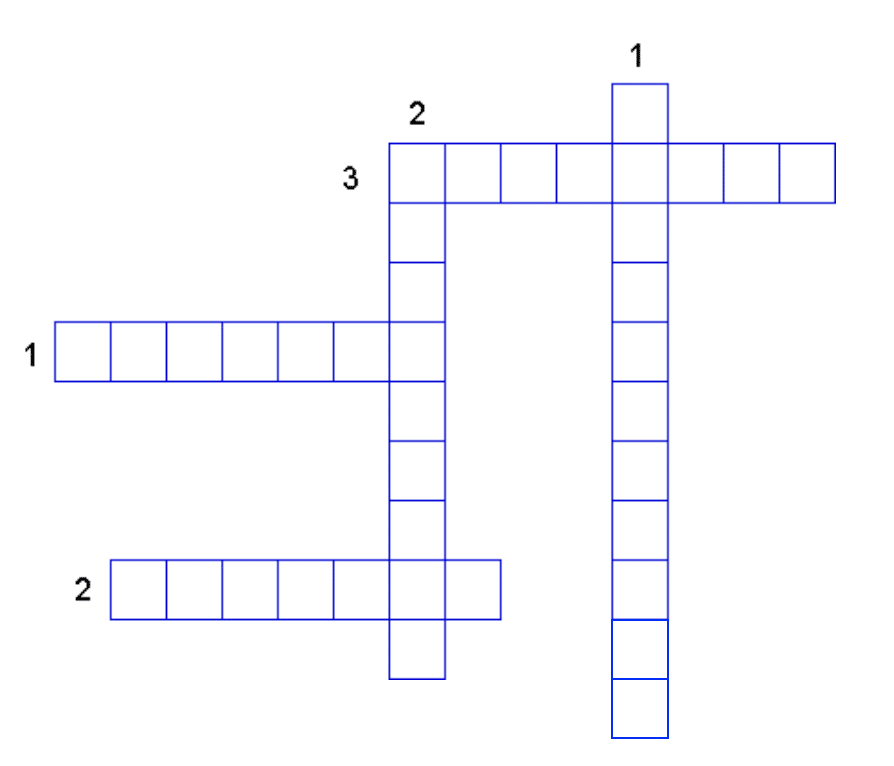Glacier Voices
Glaciers are giants that seem to come to life with strange voices, mysterious powers and unusual life forms. These voices can be of a substantial volume. The sounds that they produce can be as comforting as your breakfast cereal or as terrifying as a creature from Jurassic Park.
- Ice Sizzles can sound like Rice KrispiesTM or Pepsi ColaTM
- Ice Quakes are the first indication that a crevasse is forming but they don’t sound like the low rumbling of earthquakes. Fractures that cause ice quakes make a hissing or traveling cracking sound which sometimes comes from within the glacier, even though no crack is visible on the surface.
- Moulins, which are holes in the glacier, allow for waterflow and make loud roaring sounds.


Glacier Life
As glaciers shift and change the face of the earth with their giant hands, they delicately support some of the tiniest creatures alive. Glaciers create unusual environments sensitive to the animal kingdom’s need for existence.
- Glacier fleas are small black wingless springtail bugs that live in firn on glaciers.
- Ice worms feed on algae and pollen, as they thrive in the cold temperatures of glaciers.


Fossils
Fossils may be trapped in glaciers for thousands of years.



Glacier Force
When the Hubbard Glacier surged in 1986, a tongue of ice blocked the mouth of Russel Fjord creating a very large lake. The first signs of a surge are thickening of ice in the upper part of a glacier and then the appearance of lots of crevasses. During a surge, a glacier can flow more than 100 times faster than it normally flows.
Jokulhlaups (or “outburst floods”) can bring a sudden end to the surge of a glacier by releasing stored subglacial water. This water, on which the glacier was “walking,” enables the glacier to slide rapidly on its bed. Jokulhlaups are sudden glacial outburst floods of water that can be catastrophic. During the summer of 1994 the surge of Bering Glacier was ended by a Jokulhlaup or outburst flood with a sudden release of stored water from within the glacier. The force of the Jokulhlaup caused large segments of ice to calve. The enormous splashes and force represented were awesome.
The force of the pent-up water bursting forth is amazing. Huge boulders of ice are rolled and swallowed easily.


Strange Glacier Phenomena
Vocabulary Plus!
ice sizzles
ice quakes
moulins
glacier fleas
ice worms
fossils
Jokulhlaups
algae
pollen
Review Questions
(some of the answers may come from the
vocabulary list)
- Can glaciers make sounds?
- What are the small black wingless springtail bugs that live in firn on glaciers?
- What do ice worms eat?
- There is an image of a fossil in glacial till in this section. What is the fossil?
- What are sudden glacial outburst floods of water that can be catastrophic?
- Do ice quakes sound like earthquakes (a rumbling sound) or do they make a hissing and crackling sound?
- Are moulins holes in a glacier or the steel spikes you put on your boots to hike on a glacier?
Brain Challenge!
Would you ever want to be an ice worm?
Why or why not?
Exercise: Crossword Puzzle
Choose 5 out of the 7 words given for the crossword puzzle.
Possible words:
moulins
ice worms
Jokulhlaups
fossils
ice sizzle
glacier
ablation
Down
- outburst flood
- sounds like crispy rice cereal
Across
- holes in a glacier allowing water to flow
- things that can be trapped in a glacier for
thousands of years - living in a glacier

Project: Hair Spray the Snow
Hey kids! If there’s snow outside, here’s a cool project to try! Get a clear piece of plastic that has been chilled outside. Grab a bottle of hairspray. Go outside and catch a few snowflakes. Spray the hairspray to preserve the snowflakes. Look at the snowflakes with a hand lens. Draw a picture of what you see! NEAT!
(Courtesy of Glaciers of North America, By S. Ferguson)



